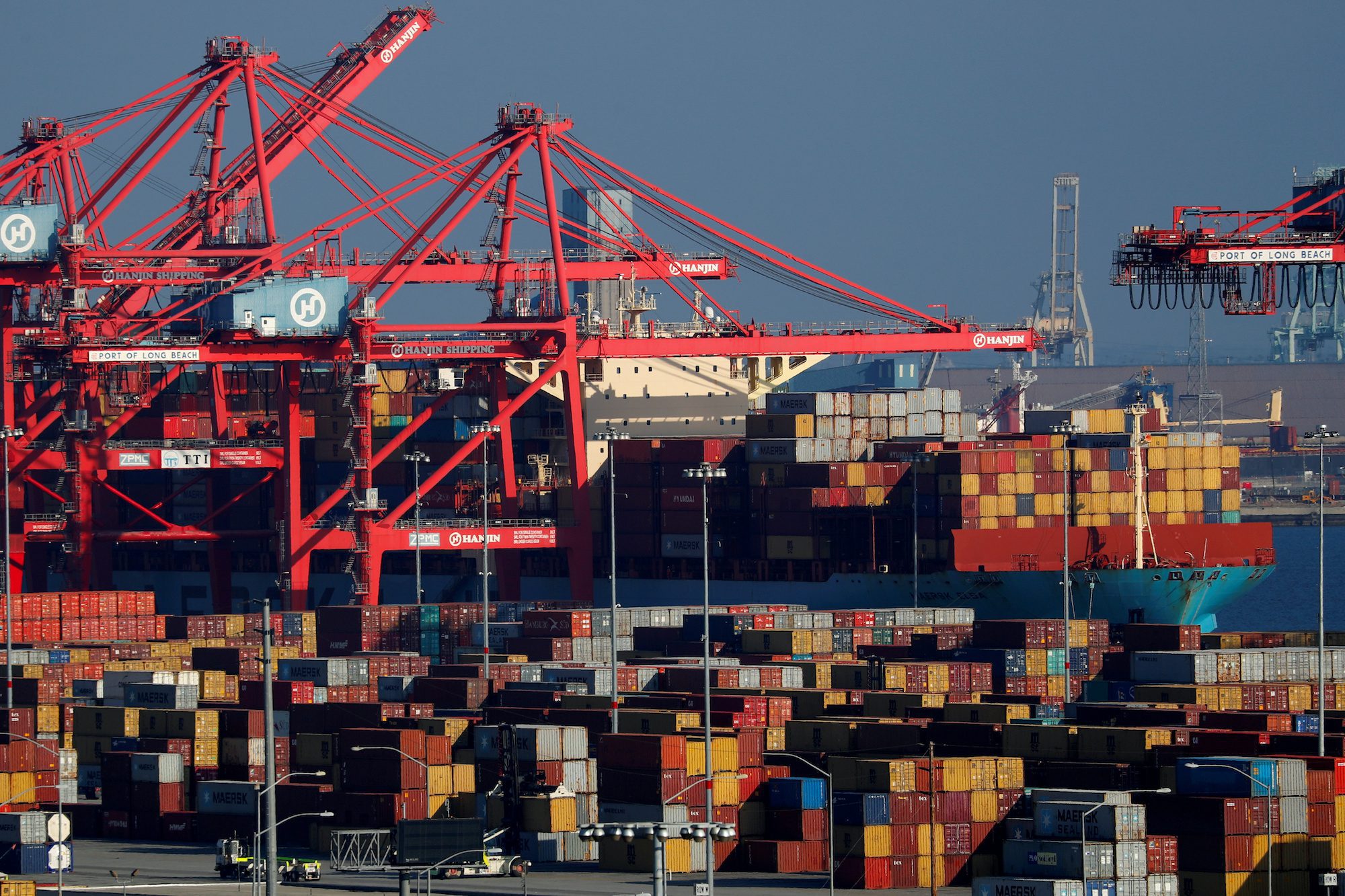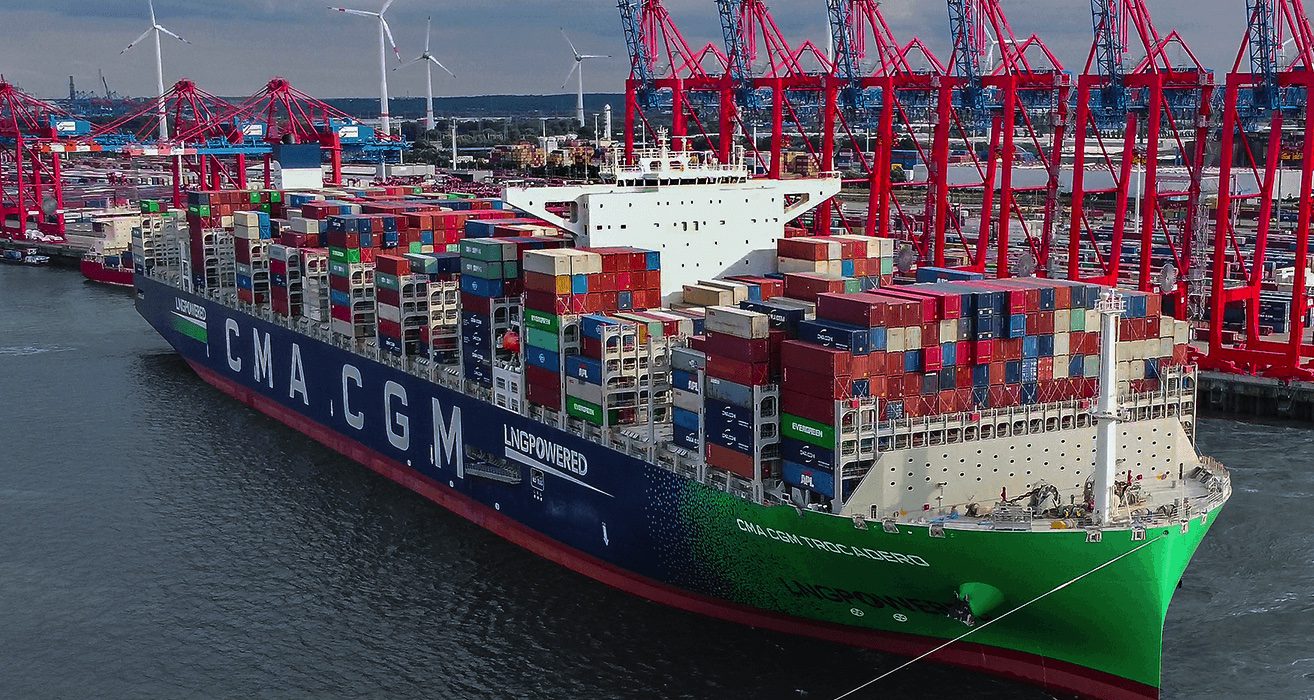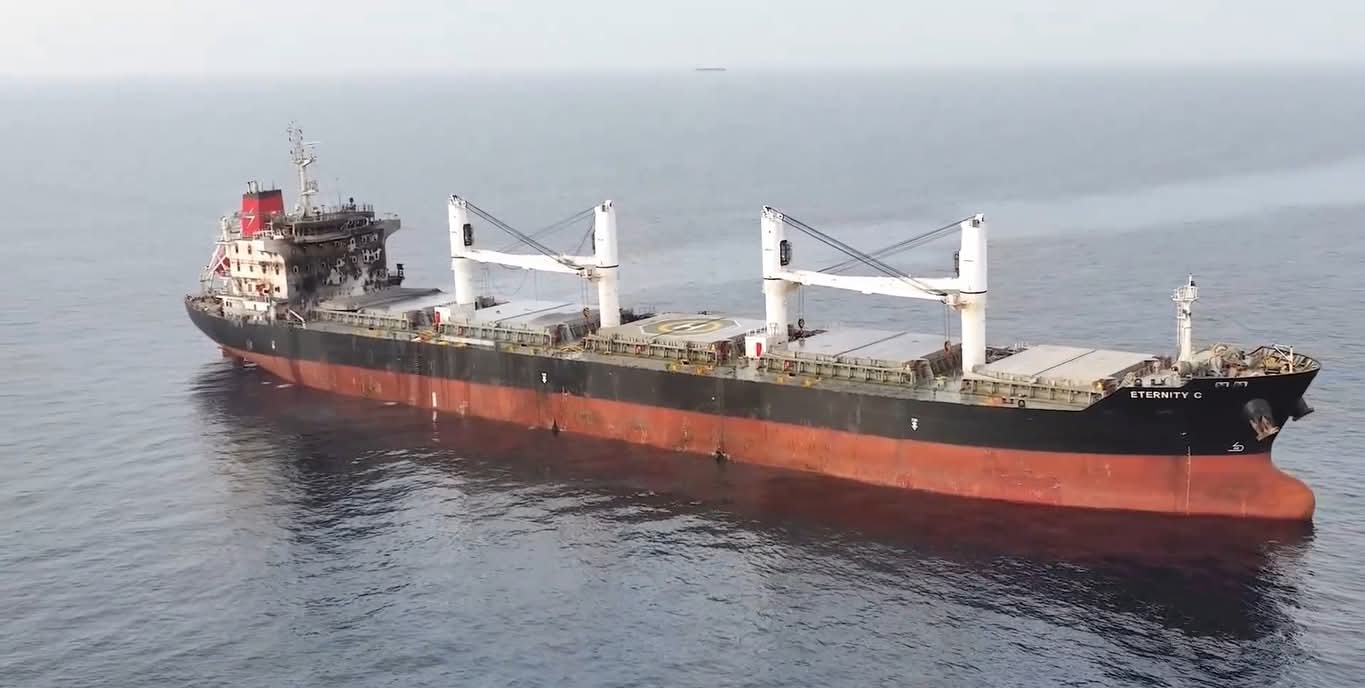Lori Ann LaRocco –
The world of logistics handicapped a Trump win starting in the late winter and early spring of 2024, with discussions and implementation of front-loading in anticipation of tariffs.
While the world of trade is no stranger to the Trump Tariffs and the Section 232 and 301 processes, this time around the next tranche of tariffs could be declared using IEEPA (International Economic Powers Act), and the results of this order could be devastating to companies’ margins and add inflationary pressures to prices.
“These tariffs could be enacted in a way that would be swift and far-reaching,” explained Safiya Ghori-Ahmad, Senior Director of global public affairs at APCO. “It’s unclear whether the Trump Administration wants to use IEEPA to focus on particular countries, industries, or some combination of the two. The potential impact to global companies and shippers could be significant and immediate, including driving up costs and reducing demand for imported goods.”
Ghori-Ahmad has been advising US shippers on the various ways the additional tariffs can be deployed.
“If President Trump uses IEEPA to impose tariffs on imports, the tariffs could be applied immediately, increasing costs for importers with goods arriving at US ports,” said Ghori-Ahmad. “These unexpected costs could pose real problems for entities that have entered into contracts that don’t allow for passing on the cost increases to end customers.”
That means if a box is on the water right now or in a port and not discharged at the time of the order, it could be slapped with the tariff.
Nuance in Ocean Freight Rates Could Be Another Front-Loading Tea Leaf
Ghori-Ahmad explained they are advising their clients to explain this directly to their consumers.
“They need to understand the immediate impact tariffs will have on all imported goods—from the door handle on an automobile to the fruits on their table.”
Josh Teitelbaum, senior counsel of Akin, has been advising his clients on the swiftness of President Trump possibly imposing tariffs pursuant to a national emergency.
“Perhaps even just a matter of days,” said Teitelbaum. “We could go from a national emergency declaration to new tariffs in place in less than a week or shorter.”
Teitelbaum broke out a timeline on what shippers could expect.
“There is a two-step process here: first, the President declares a national emergency that identifies an unusual and extraordinary threat to the country, and then he issues an executive order detailing the actions to address the threat,” said Teitelbaum. “Those two steps usually happen in the same document. From there, it’s just a matter of programming the systems at Customs to reflect the new tariff rates.”
Teitelbaum is no stranger to trade agreements. He served in the Department of Commerce as a policymaker for the Obama administration’s top international trade priorities, including the Trans-Pacific Partnership agreement.
This time around, the tariff threat expands beyond China to all countries around the world, including US trading partners Mexico and Canada. Teitelbaum warned nothing is off the table.
“While these national emergency tariff threats have been made in the past to get other countries to do things the President wants, like with Mexico on the border, it’s always possible that they go into effect for some period of time as part of that negotiation.”
The most impacted would be the smaller to medium-sized companies that do not have the economies of scale like Walmart to absorb the additional costs. Shippers told gCaptain they would first try renegotiating with their clients to pay the increased tariff or go 50/50 to help them absorb the cost. In the end, they know the client can contractually say no. In that case, small- to medium-sized companies would have to eat it and find future cost-saving measures.
Despite the political bluster of China paying the tariffs, it is based on fact: the shipper is responsible for paying the tariff, not China. You can see the tariff payment in the Customs transaction receipts.
So, what does President Trump mean by “China pays the tariffs”? Well, he could mean China pays the tariff as a result of manufacturing moving out of the country.
Unfortunately, based on the bills of lading and manufacturing orders, the first round of Trump Tariffs did not discourage a massive move out of manufacturing as some thought. The tariffs have only expanded China’s manufacturing dominance in other Asian countries. We saw this during COVID when manufacturing plants in Vietnam could not reopen because manpower and executives were stuck in China under lockdown.

 Join The Club
Join The Club











